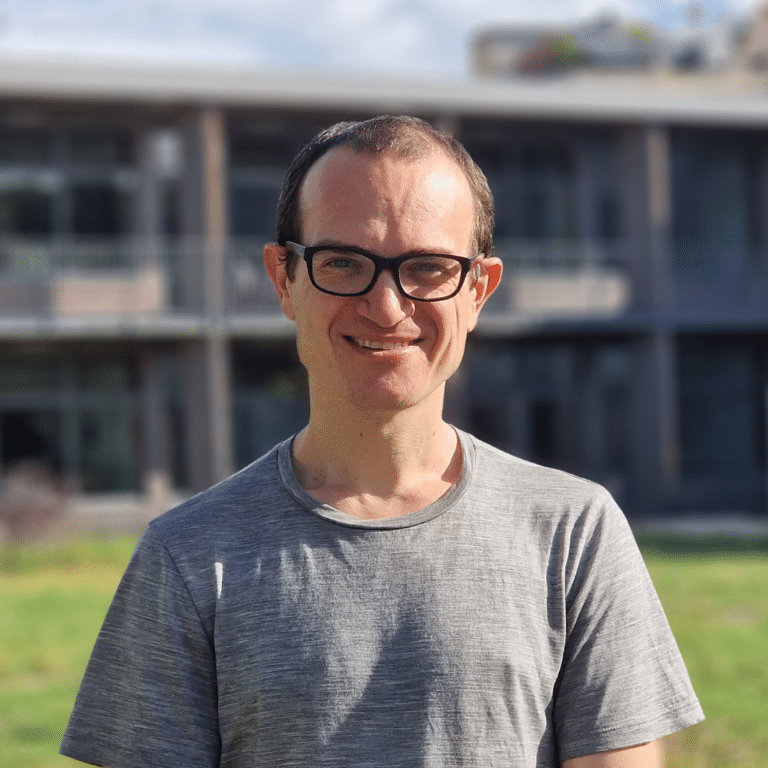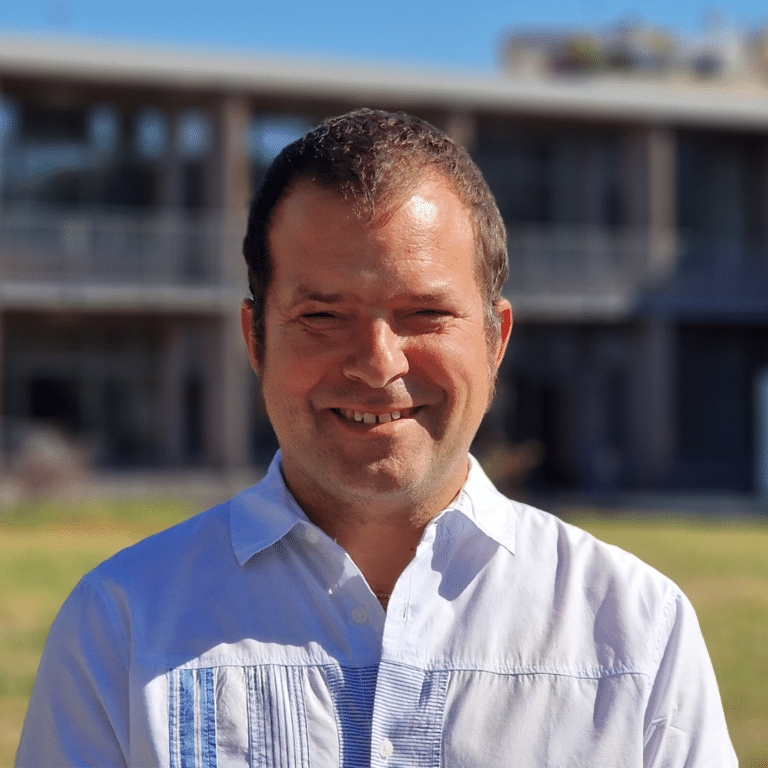
Anna Guilló
Research project
antiAtlas of Epistemicide
Project summary
antiAtlas of Epistemicide is a collaborative artistic and scientific editorial project that brings together academic papers on epistemicides, past or present, anywhere on the planet. The articles will be accompanied by the reproduction of a work in the form of an alternative map, expressly designed for each example of epistemicide – the contributions thus being made by a duo of artists and authors. Since the question is as singular as it is unfathomable, this project has no encyclopedic vocation and aims, on the contrary, to establish a non-exhaustive atlas conceived as both a scientific work and an artistic catalogue, the project culminating in a travelling exhibition.
The project brings together contributors from a variety of backgrounds: art theory, sociology, contemporary art, philosophy, law, politics, history, anthropology, literature… and from different countries. The artists involved in the project are engaged in the field of alternative and radical cartography on an international level.
Structure of the book and initial research directions
Although the articles and images in the book form a constellation, this constellation is nevertheless organised according to different categories and thematic, historical, geographical conceptual, etc. entries. Beyond the title of the book, the aim is to distinguish between examples of destroyed, confiscated and/or hidden knowledge, bearing in mind that these categories are often porous.
This artistic project originates in a practice of extended cartographic drawing aimed at graphically compiling invisible practices. The somewhat hackneyed paradox of the representation of the invisible quickly gave way to the need to document this project scientifically and to open it up to epistemicides. The term epistemicide originates in the field of sociology (Boaventura de Sousa Santos, 2016), but is relevant to all disciplinary fields throughout the world.
The initial initiative was organised around a call for contributions to establish a preview of the project in which analyses of destroyed, confiscated or occulted knowledges would have an emergent, processual quality governed by curiosity and the pleasure of bringing another way of thinking about the world rather than be governed by a logic of productivity and outputs. It is in this spirit that we would like to produce the first volume of the antiAtlas of Epistemicide as an object from which different forms can emerge: exhibitions, seminars, meetings, programs, etc. Thus, where books generally come to restore experiences and research paths, this one would rather come to provoke them since its contents, not fixed, will require an extension in the public debate and undoubtedly the advent of other volumes.
Destroyed knowledge (epistemicides)
Etymologically, an epistemicide is the killing of a science understood in its proper sense as “knowledge”. Since 1994, the term is attributed to the Portuguese sociologist Boaventura de Sousa Santos, who in 2014 published Epistemologies of the South. Justice against Epistemicide, translated into French as Épistémologies du Sud. Mouvements citoyens et polémique sur les sciences, a subtitle in which the term “epistemicide” disappeared.
This first part will bring together articles on practices and knowledge that have been definitively destroyed, lost forever. For example, the context of the four great epistemicides of the sixteenth century listed by Ramón Grosfoguel may be considered:
- The conquest of Al Andalus and its genocide/epistemicide of Jews and Muslims: Burning of the library of Cordoba as well as those of Seville and Granada (1 million books destroyed in all).
- The conquest of America and the killing of the Amerindians.
- The enslavement of Africans.
- Women (witchcraft).
But this part will not be limited to the effects of colonisation in the 16th century. It will also be open to any epistemicide listed from prehistory to the present day, depending on the thematic entry chosen by the authors. For example, one could think of the disappearance of languages and, with them, proper and common names, such as toponyms. The question of translation in the broad sense of the term also arises here. These destructions are linked to the annulment of pantheons and religious cults of all kinds; epistemicides are also spiriticides. One can also think of all sorts of vernacular knowledge “replaced” by others deemed more efficient (cartography and, more generally, the practice of orientation, are a good example).
Generally speaking, it is the whole range of epistemicides throughout history and the world that is being questioned here, well beyond what are known as the epistemologies of the South.
Confiscated knowledge
Confiscated knowledge is often associated with destroyed knowledge, since it is the result of the action of a dominant on a dominated person, which means, in a way, dispossessing the latter of knowledge when it is not simply a matter of eliminating it. In this sense, all genocide implies epistemicide.
But confiscated knowledge is not, strictly speaking, destroyed, but rather displaced, reused and interpreted (even if it can sometimes be destroyed by omission or lack of mastery of know-how).
In this respect, the history of knowledge of medicinal plants is particularly eloquent. See, for example, Samir Boumediene, La Colonisation du Savoir : Une histoire des plantes médicinales du « Nouveau Monde » (1492-1750), 2019.
In line with the issues related to herbalism, there is the issue of medicine and its practices and the various opposing thoughts, between prevention, healing, care etc. We can think of the supremacy of the agroindustry supported by governments, which prevents, for example, farmers from resowing their own crops or prohibits the cultivation of certain fruits and vegetables, just as it imposes the administration of antibiotics on livestock. These various confiscations give rise to clandestine, outlaw practices, which could be discussed in the conclusion.
Hidden knowledge
If knowledge can be destroyed or confiscated, it is also concealed (which can, in the long run, precipitate its oblivion and hence its destruction if it is not preserved). School textbooks and, more generally, the pedagogies used across the world speak for themselves. For example, parts of history that are not taught or outright denied, organs that are not represented (see the example of the rehabilitation of the representation of the clitoris), authors who are censored etc. We are thinking here in particular of women who are hidden, unmentioned or simply dispossessed of their own discoveries or inventions in the history of art, science and politics.
More generally, we will think of censorship which, at times, has resulted in the real loss of knowledge when the hidden works and documents have not been preserved. Some knowledge is resistant knowledge, as shown for example by abortifacient plants used in situations of slavery so as not to provide the masters with additional labour). antiAtlas of Epistemicide will escape the dominant/dominated duality to show, also, how knowledge is not necessarily conserved or destroyed but also mutated. It’s clear that works of art and objects are seen here as knowledge in their own right, and that their destruction, subtilization or concealment is seen as epistemicide, but also as a form of underground circulation.
Biography
Anna Guilló is a catalan Professor of Visual Arts and Art Sciences at Aix Marseille Université (amU). She works on alternative cartography and its political issues through practice-based research. She is a member of the collective antiAtlas des frontières, which publishes the antiAtlas Journal. Director of the Laboratoire d’études en sciences des arts (LESA) at Aix Marseille Université, she also edits the art and aesthetics journal Tête-à-tête, published by editor Rouge profond.
Among her recent exhibitions: “Blast”, La Fabrique, Toulouse, (2024), “Sur les bords du monde: Férales, fières & farouches”, FRAC Alsace, Sélestat, (2023), “Déplier le monde”, Colysée, Maison-folie de Lambersart (2023).
Among her recent publications: “Regarder lire Tatiana Trouvé: Entre intranquillité et désorientation” in Tatiana Trouvé, Les Cahiers du Musée national d’art moderne n°171, Centre Pompidou, 2025 ; “Du Google Art au roman contemporain. Écriture, cartographie et géolocalisation “ in revue Phantasia, Volume 13, “Décrire la carte, écrire le monde”, 2023; “Images satellitaires et création artistique: le meilleur des mondes ?”, in Images et mondes composites, revue Sens Public, 2022



